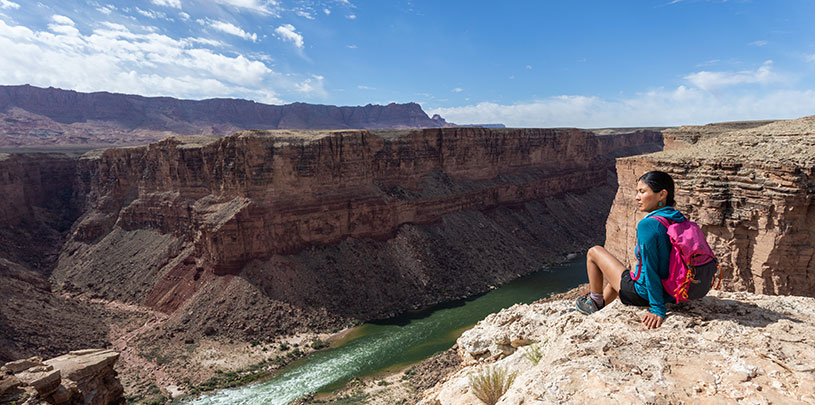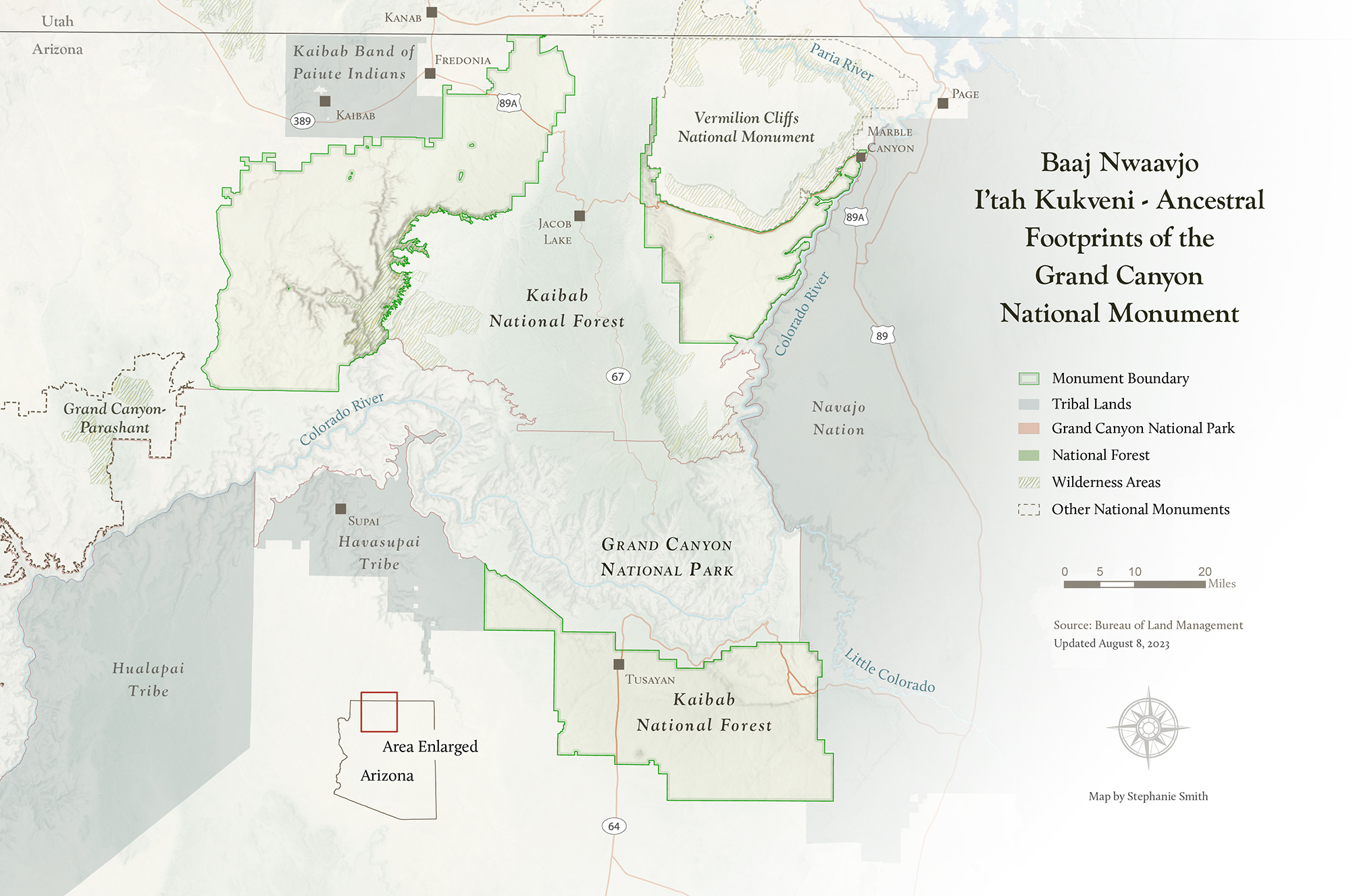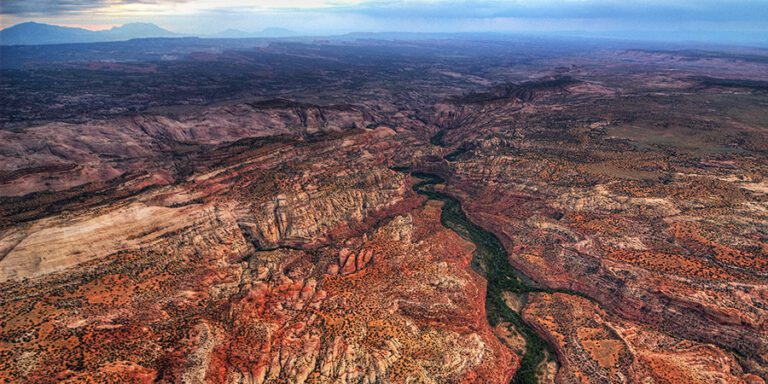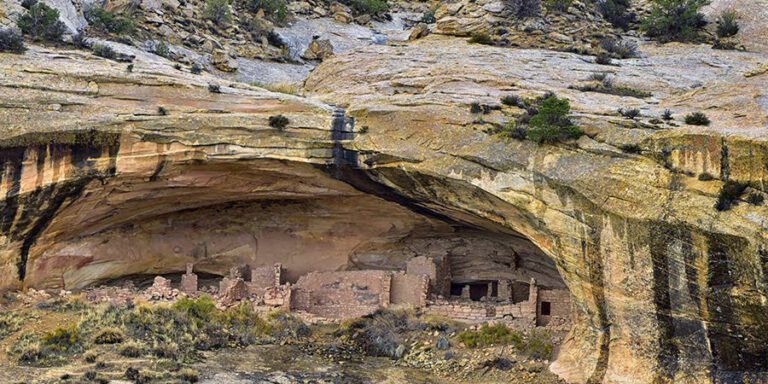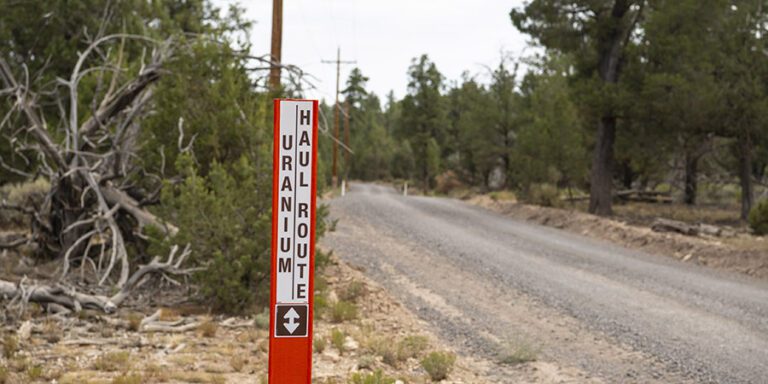
Almost 1 million acres of ancestral homelands north and south of the Grand Canyon get new protections.
It’s a good day for the Grand Canyon region. Today President Joe Biden used his authority under the Antiquities Act to designate Baaj Nwaavjo I’tah Kukveni – Ancestral Footprints of the Grand Canyon National Monument.
READ MORE
- White House fact sheet about Baaj Nwaavjo I’tah Kukveni – Ancestral Footprints of the Grand Canyon National Monument
- Presidential proclamation establishing Baaj Nwaavjo I’tah Kukveni-Ancestral Footprints of the Grand Canyon National Monument
A coalition of Grand Canyon tribes proposed the monument earlier this year to protect about a million acres of their ancestral homelands to the north and south of Grand Canyon National Park, including cultural and religious sites, plants, animals, and important water sources that flow into the Colorado River.
“The Grand Canyon is the traditional homelands of the Southern Paiute people. It’s a place our people harvested food, fished, and conducted ceremonies and they still do today. So you see why it’s important for us to protect and preserve this area as it is our history, our people. It is us,” explains Hope Silvas, chairwoman of the Shivwits Band of Paiutes.
About Baaj Nwaavjo I’tah Kukveni – Ancestral Footprints of the Grand Canyon National Monument
The designation is a victory for the tribes of the Grand Canyon Tribal Coalition. The coalition is led by the Havasupai Tribe, Hopi Tribe, Hualapai Tribe, Kaibab Band of Paiute Indians, Las Vegas Tribe of Paiutes, Moapa Band of Paiute Indians, Paiute Indian Tribe of Utah, Shivwits Band of Paiutes, Navajo Nation, San Juan Southern Paiute Tribe, Yavapai-Apache Nation, Zuni Tribe, and Colorado River Indian Tribes, who have worked tirelessly for decades to secure greater protections for their ancestral lands in the Grand Canyon region.
“Many Havasupai tribal leaders have carried this battle on their shoulders over the decades,” said Thomas Siyuja Sr., chairman for the Havasupai Tribe. “We are the fortunate ones to experience this unprecedented time in which our historic lands, water, sacred objects, and sites now hold the power and protection, which they rightfully deserve, under the supreme law of the land by the stroke of President Biden’s pen.”
What does Baaj Nwaavjo I’tah Kukveni mean?
The Baaj Nwaavjo I’tah Kukveni – Ancestral Footprints of the Grand Canyon National Monument is the third national monument to be proposed by tribes working together to protect their homelands. It follows Avi Kwa Ame National Monument in Nevada, established by President Biden in 2023, and Bears Ears National Monument in Utah, established by President Obama in 2016.
“This is a great day today witnessing our Tribal Nations coming together in the protection and unity of our voices, speaking on behalf of our traditional ancestral homelands of the Grand Canyon; our Holy Lands,” said Greg Anderson, chairman for the Moapa Band of Paiutes.
National monument designations only apply to federally managed lands. The Baaj Nwaavjo I’tah Kukveni – Ancestral Footprints of the Grand Canyon National Monument designation thus adds a layer of protection to lands already managed by the U.S. Forest Service and U.S. Bureau of Land Management. No private, state, or tribal lands are included in the monument.
This added layer of protection is incredibly popular with the public. The monument has broad support across the Grand Canyon state.
Arizona’s governor, Katie Hobbs, Sens. Kyrsten Sinema and Mark Kelly, Reps. Raúl Grijalva, Ruben Gallego, and Greg Stanton, more than 30 state lawmakers, numerous city and county governments, hunting and angling groups, and business owners all supported the tribes’ monument proposal and urged the president to act on it. Recent polling shows that 75% of Arizona voters support designating lands immediately outside Grand Canyon National Park as a national monument to protect clean water supplies and Native American sites.
Protecting clean water supplies, cultural sites, and more
What does the monument protect?
The monument protects thousands of Native American cultural sites, including rock writings, structures, and burial sites, important natural and cultural landmarks like Red Butte. It also protects habitat for creatures large and small, including endangered California condors, bighorn sheep, and mule deer coveted by hunters.
It also protects a critical portion of the Colorado River’s watershed from destructive uses and contamination, at a time when drought and a warming climate are placing increasing stress on the river.
A meaningful monument for tribes
“The San Juan Southern Paiute Tribe is honored and grateful that President Biden has chosen to listen to tribes and designate our homelands as a national monument,” said Johnny Lehi Jr., president of the San Juan Southern Paiute Tribe. “We have been here for centuries, and are pleased to now have these sacred sites and waters protected today and into the future.”
Native people have hunted, collected pinyon pine nuts, gathered sage and other culturally important items, and cared for the monument lands since time immemorial. Although the new monument lies outside the boundaries of tribal reservations, Native peoples’ connections to these places have endured.
“For Hopi and many tribal nations there’s an intimate connection,” explains Timothy Nuvangyaoma, chairman of the Hopi Tribe. “For Hopi, it’s our place of emergence, a place that we still hold pilgrimages and offerings.”
With the designation of Baaj Nwaavjo I’tah Kukveni – Ancestral Footprints of the Grand Canyon National Monument, the additional federal protections tribes have long advocated for are finally a reality.
“Through the designation of the Grand Canyon as a national monument, we continue in ancestor’s footsteps of stewardship responsibilities of this important area, from protecting the lowliest of insects to the humans that rely on the life-giving waters,” said the Pueblo of Zuni in a statement.

